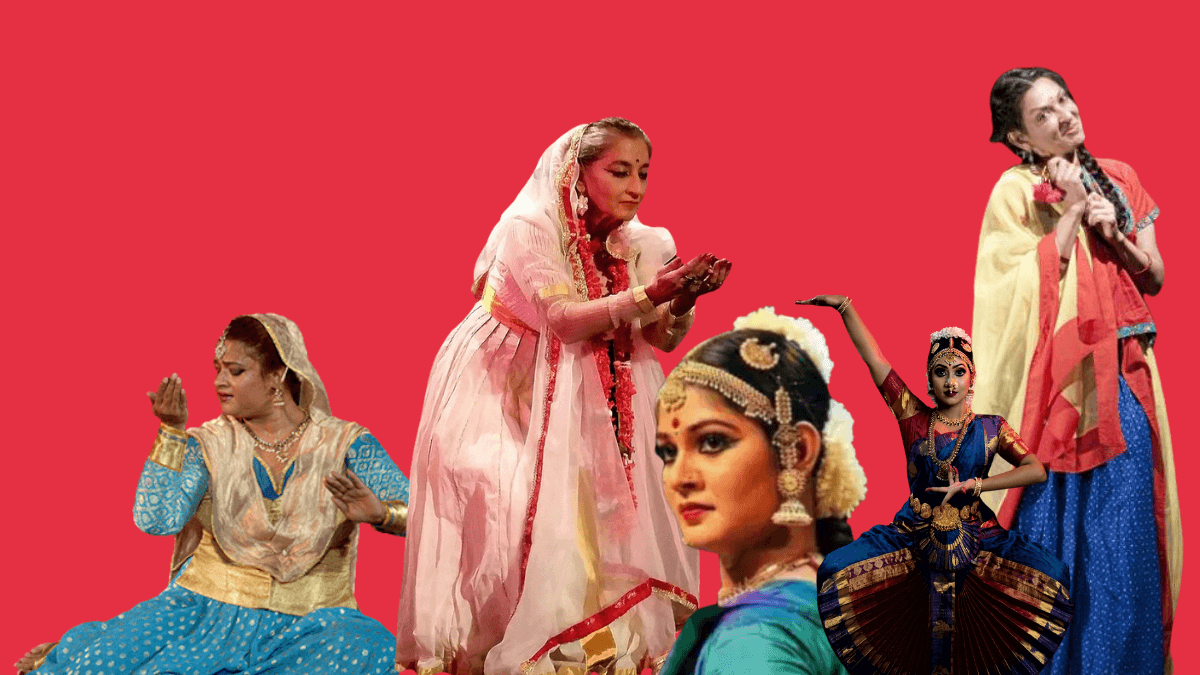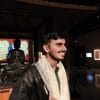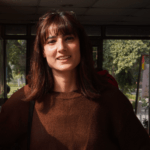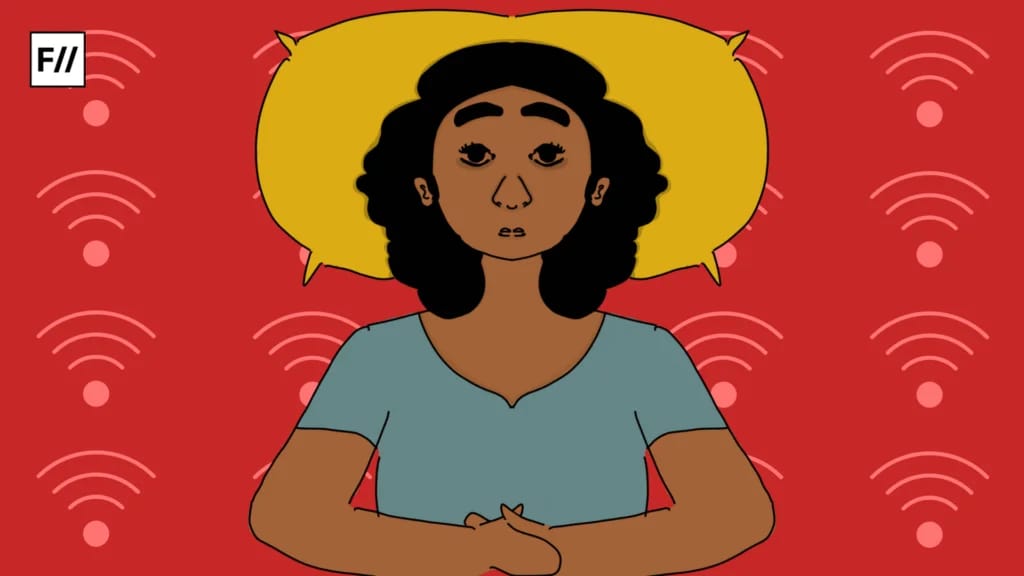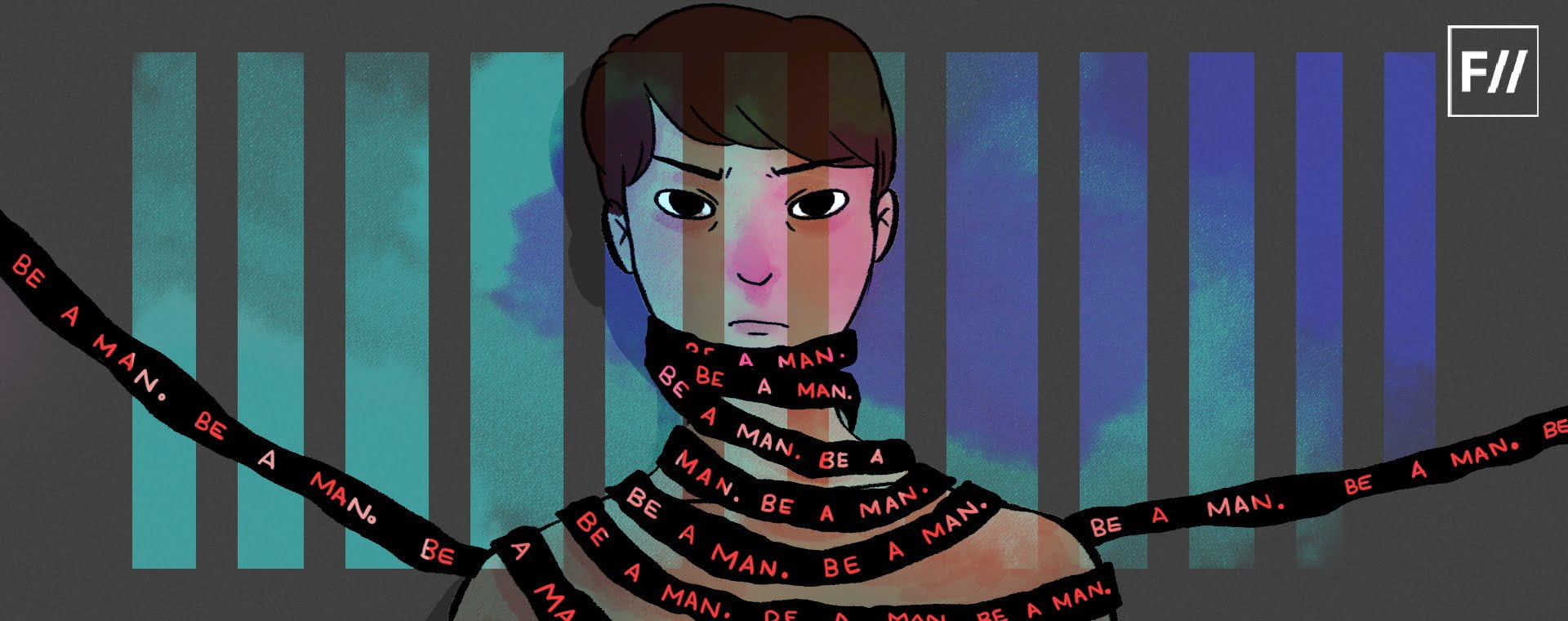Dance is not only an art form; it is a tool for storytelling, resistance, and change. Dance has its own political economy. Throughout the history of South Asia, classical dance has always been connected with tradition and culture. But it remains accessible to a few elites. In contemporary times, in many parts of South Asia, dance is used by performers as a means of social change. Dancers, through their dance, challenge the norms and advocate for a radical change.
Classical forms of dances like the Bharatanatyam, Kathak, Odissi, and Kathakali have always been connected with complex traditions, which often reinforce inequalities. Although contemporary dancers use these dance forms as a critique of social inequalities. With the creation of new performances and with the theme of female agency, sexual freedom, and gender fluidity, they advocated for radical change and more inclusive environments toward women and gender and sexual minorities. Through their storytelling, they resist societal norms—by using the narratives of mythological women, questioning the hegemony of male-centric narratives in dance, or advocating for LGBTQ+ rights. Their performances posit two types of discourses, one as artistic expression and another as a radical intervention in the public discourses on gender justice and inclusivity.
This article discusses the legacy and work of 5 classical dancers across South Asia who use their performance as an act of resistance against patriarchal norms and empowerment for the marginalised.
1. Dr. Mallika Sarabhai
Mallika Sarabhai is a Kuchipudi and Bharatanatyam dancer, actress, and social activist. She started her journey as a dancer at a young age; her mother, Mrinalini Sarabhai, was also a famous Bharatanatyam dancer, and Mrinalini was an inspiration for her, who later started to manage Darpan Arts Academy of performance arts. The incident at the Babri Masjid in 1992 was a major factor in Sarabhai’s dedication to social and political activism. In response, she started a Centre for Non-Violence at DAAA, based on Gandhian ideals to deal with the issues of violence against minorities and promote non-violent principles through their performances.
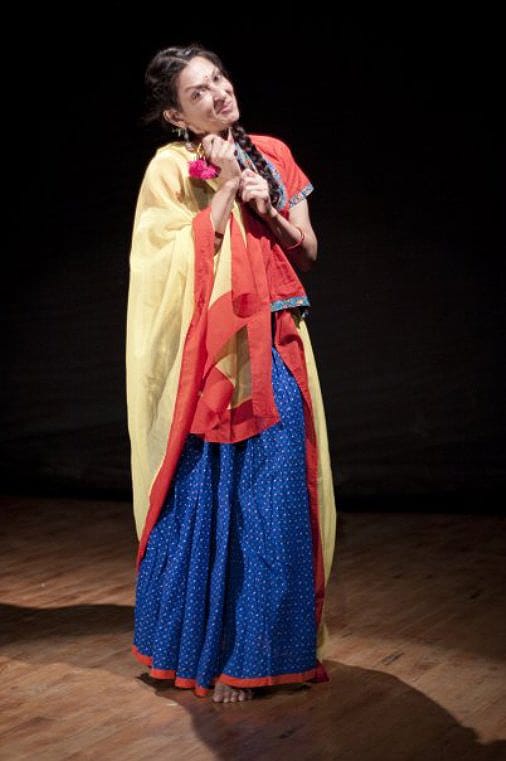
Throughout her career, Sarabhai’s major concern was how to show societal issues through her performances, but she came up with various works that address issues; her works, like “Shakti: The Power of Women,” delve into women’s empowerment, while “Sita’s Daughters” examines the plight of women in contemporary South Asian Society. These productions have been performed, both nationally and internationally, showing her dedication to using art as a tool for change.
Her activism was not limited to the stage only, but it goes beyond it. She started her journey into politics to further her advocacy. In 2009, she contested the Gandhinagar Lok Sabha seat as an independent candidate, resisting the Bharatiya Janata Party’s Prime Ministerial candidate, L.K. Advani, and his narrow communal politics. Although she lost, her attempts to engage with politics showed her willingness to advocate and practice secular politics.
2. Sheema Kermani
Sheema Kermani is a contemporary Pakistani classical dancer, actor, teacher, and women’s rights activist, known for her significant contributions to both fields of the arts and social movements. She founded an organisation called Tehrik-e-Niswan, where she advocated for the rights of women and the marginalised using dance as a tool.
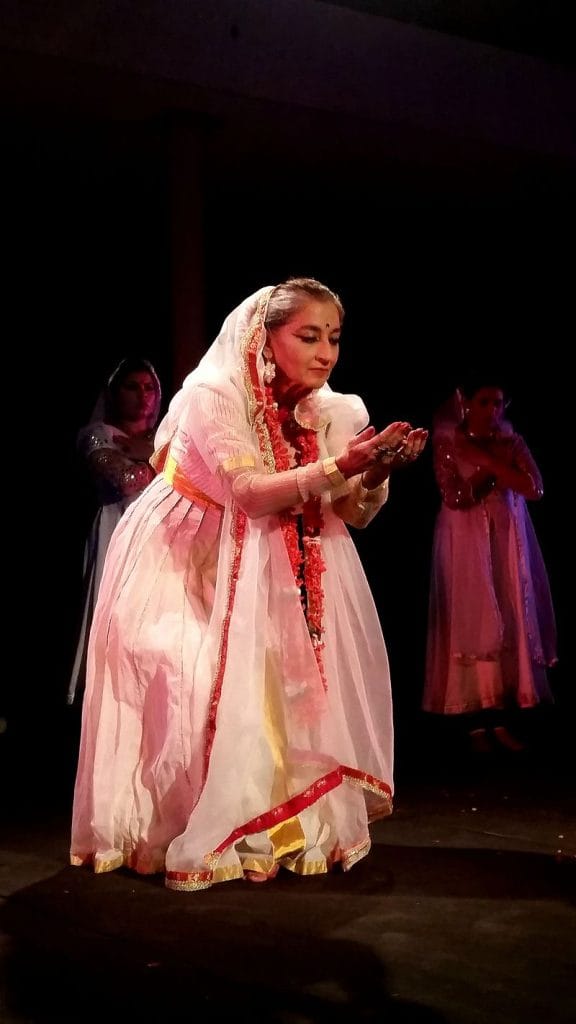
Her work goes beyond dance and performance studies; she is also a writer and has written several articles on culture and feminism. Her resistance through dancing during the era of Zia-ul-Haq, when activities like dancing were considered un-Islamic, shows her courage and commitment to personal freedom. Her acts, like wearing a saree in a highly patriarchal-conservative society during the Zia regime, were both personal and political.
Over the years, Kermani has received numerous national and international awards in recognition of her work. She also attacked Israeli colonialism and supported Palestinian freedom. Her advocacy for better relations with India is also well known. She was also one of the founding members of Aurat March in Pakistan, which advocates intersectional feminism through marches and performances in various cities across Pakistan. Through her work, Sheema Kermani continues to inspire a new generation of activists and artists dedicated to social justice.
3. Rani Khanum
Rani Khanam is a Kathak dancer known for her profound connection between dance and Sufism. She was also a disciple of the famous kathak guru Pandit Birju Maharaj. From his guidance and her Sufi learnings came a unique style that assimilated traditional Kathak with Sufi mysticism. As one of the few Muslim women in India performing classical dance forms, she has challenged the patriarchal norms and created a space where dance has become a tool for social change, religious harmony, and spirituality.

Her performances with Sufi mysticism and traditional Kathak also incorporate themes addressing issues faced by women and religious minorities. Her work goes beyond being an artist; she is a teacher and social activist. She started an academy called AAMAD in Delhi, where she guides aspiring dancers, including visually impaired and marginalised students. She believes dance is a tool for empowerment and advocacy of radical change in society.
4. Mansiya VP
Mansiya V.P. is a Bharatanatyam dancer and an activist who challenged religious and cultural barriers in the field of classical dance in India. Born and raised in a Muslim family in Kerala, she often faced rejection and discrimination for practicing Bharatanatyam, a dance form traditionally linked to Hindu temples. Her plight shows the fight for artistic freedom in a society where religion becomes barriers and dictates opportunities.
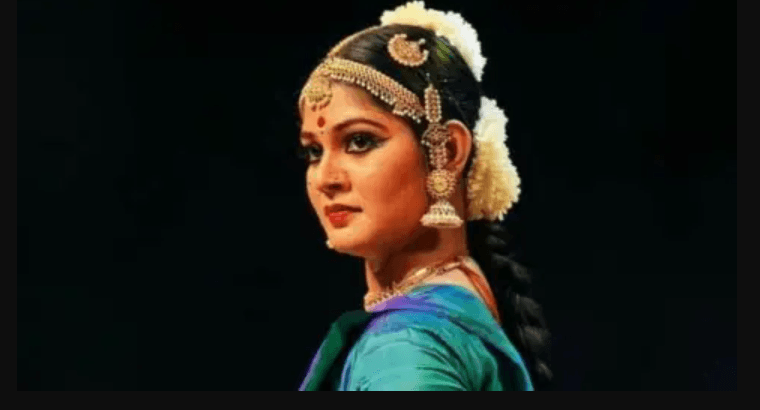
Facing discrimination by various temple authorities, Mansiya turned her dance into a form of protest. She is a vocal critic of rigid boundaries forced by religious and cultural traditions, advocating for a more inclusive space in classical dance. Her activism shows the plight of artists who do not conform to societal hierarchies. Her activism goes beyond dance. She questions the connection of art and religion, challenging institutions that exclude individuals based on differences. By continuing to perform, she reclaims the space of classical dance as a universal expression beyond religious barriers.
5. Arthy Ahmed
Arthy Ahmed is a prominent Bharatanatyam dancer and activist from Bangladesh. She completed both her BA and MA in Bharatanatyam from Rabindra Bharati University, Kolkata, India, and then a Diploma in Teacher’s Training in Dance Education (Major Dance Psychology) from Madras University, Chennai, India. She uses her performances of Bharatanatyam to challenge societal norms and religious fundamentalism. Arthy’s work is not just about preserving the culture, but it also redefines the art as activism against conservative norms. She uses Bharatanatyam to deal with issues like sexism, misogyny, and extinction of cultural heritage, creating a space for dialogue and empowerment.
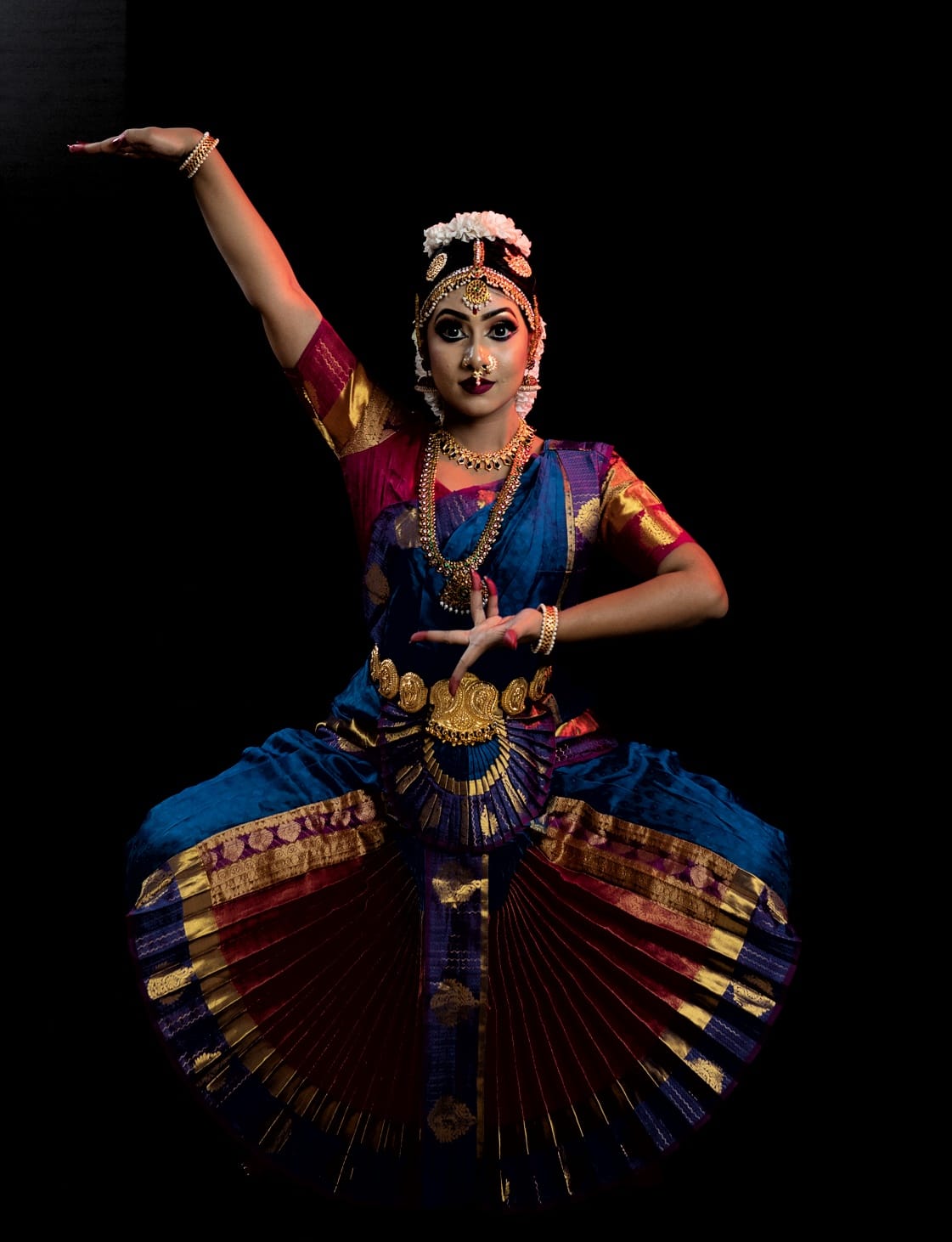
By assimilating tradition and modernity, Arthy effectively shows how art can be a tool for social change, constructing a more inclusive society and questioning patriarchal norms. As an instructor at Dhaka Flow, she guides young dancers and encourages them to preserve their cultural heritage. Her work demonstrates the importance of cultural preservation while demanding progressive values, making her an important figure among activists and artists in Bangladesh.
About the author(s)
Faga Jaypal is a final year history student at Sri Venkateswara College, University of Delhi, with a keen interest in intellectual history, gender and sexuality studies, social justice, and cultural studies. Passionate about literature, books, and museums, he combines his love for storytelling with academic research. Aspiring to become a teacher like Mr. Keating, he seeks to explore history through diverse narratives.
